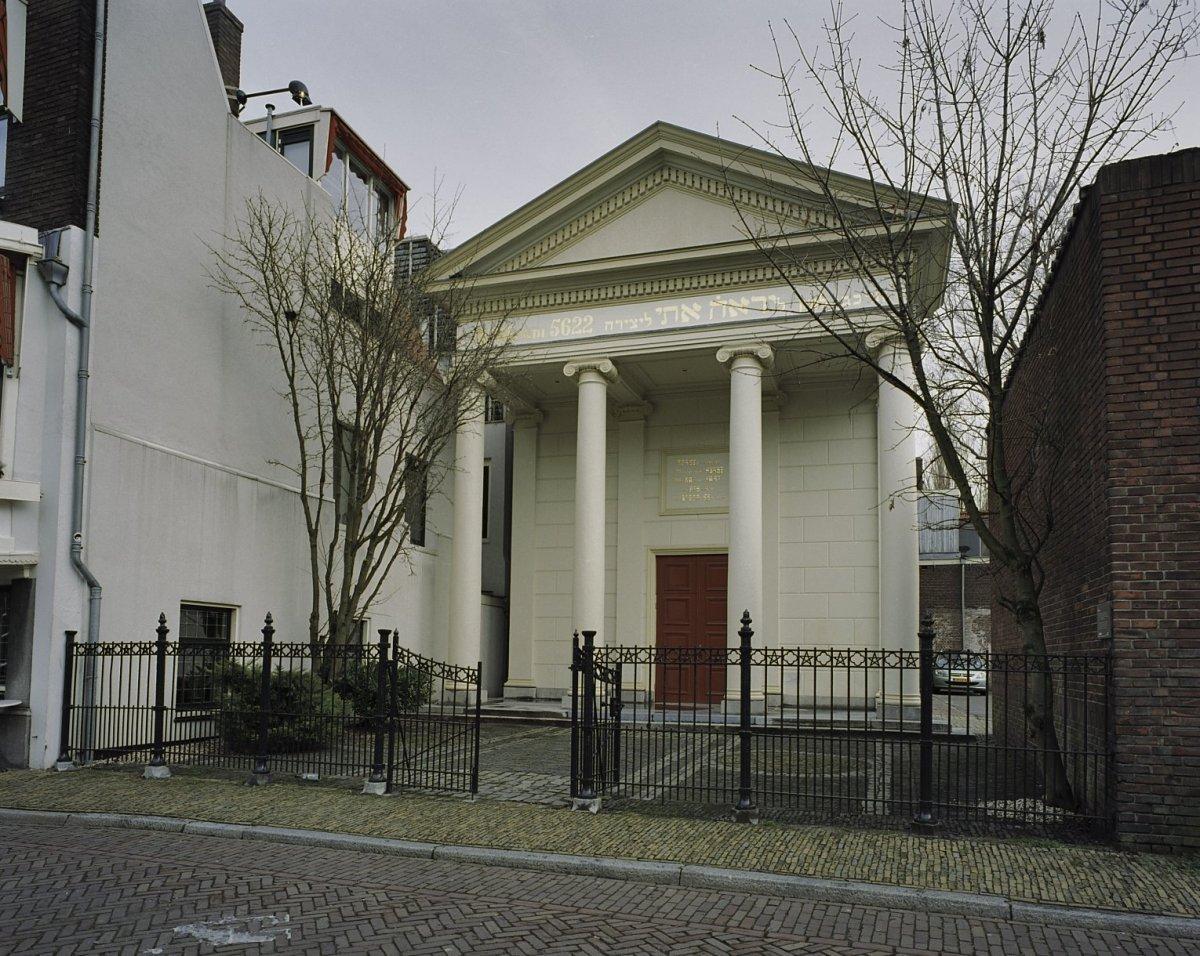Delft Synagogue
The synagogue in Delft was built in 1862 in a neoclassic style with an Ionic temple facade. Following World War II the Jewish community was strained and the building was unused. In 1996 the synagogue was brought back for use by the Reconstructionist Open Jewish Congregation Klal Yisrael with frequent services on shabbat and Holidays.
About this building
N/A



